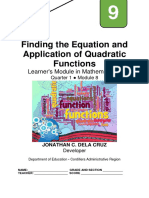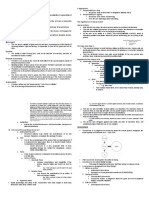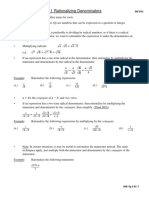0% found this document useful (0 votes)
72 views14 pagesPython Data Structures Guide
The document contains code for several Python programs covering topics like arrays, linked lists, stacks, queues, binary trees, and basic arithmetic operations. The code includes functions to print array elements, add/remove linked list nodes, push/pop from a stack, enqueue/dequeue from a queue, perform inorder, preorder and postorder tree traversals, and calculate basic arithmetic expressions based on user input. A menu is provided to run different programs by selecting the corresponding option.
Uploaded by
AyahCopyright
© © All Rights Reserved
We take content rights seriously. If you suspect this is your content, claim it here.
Available Formats
Download as DOCX, PDF, TXT or read online on Scribd
0% found this document useful (0 votes)
72 views14 pagesPython Data Structures Guide
The document contains code for several Python programs covering topics like arrays, linked lists, stacks, queues, binary trees, and basic arithmetic operations. The code includes functions to print array elements, add/remove linked list nodes, push/pop from a stack, enqueue/dequeue from a queue, perform inorder, preorder and postorder tree traversals, and calculate basic arithmetic expressions based on user input. A menu is provided to run different programs by selecting the corresponding option.
Uploaded by
AyahCopyright
© © All Rights Reserved
We take content rights seriously. If you suspect this is your content, claim it here.
Available Formats
Download as DOCX, PDF, TXT or read online on Scribd
/ 14



























































































